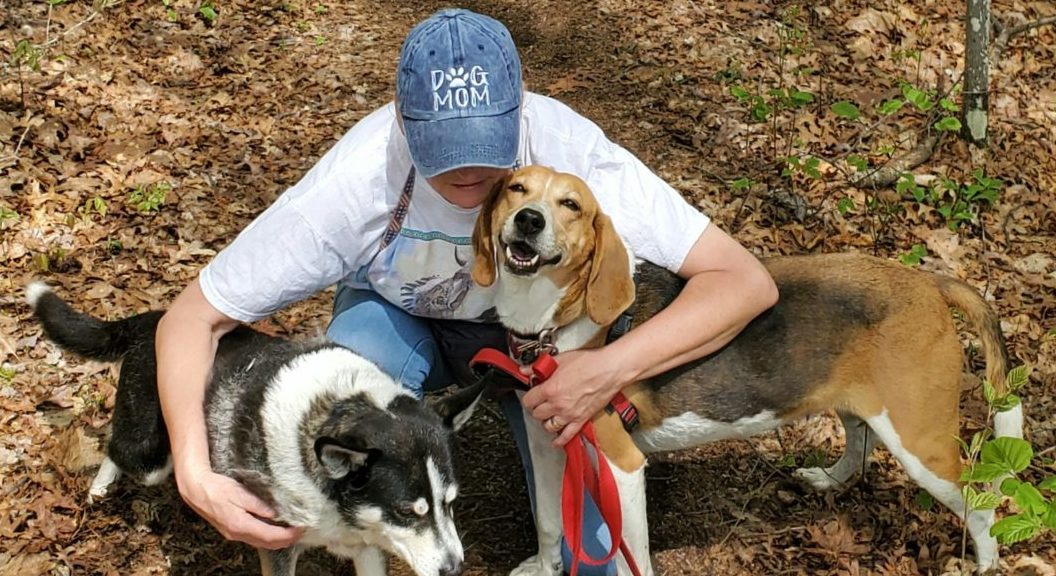
For those of you planning a dog-friendly garden, it’s important to think about your pet’s safety before ordering plants and fertilizers. The ASPCA Poison Control Center (APCC) recently announced the top ten toxins of 2016 based on calls to the poison control hotline. Of the 180,639 hotline calls, 2.6 percent involved gardening products, including herbicides and fungicides, and 5.2 percent were plant related.It’s surprising how many popular plants are toxic to our pets. Here are just a few examples: azalea, begonia, caladium, daffodil, daylily, dahlia, Easter lily, hydrangea, and iris. The APCC provides a search-based Poisonous Plants page where you can look up your favorite plants and see if they are safe for your pets.
Designing for Dogs
While it’s great to have soft sun-drenched grassy areas in your dog-friendly garden, it’s just as important to provide shady spots by planting trees or adding a pergola or dog kennel. A water feature such as a fountain or a faucet with a drinking station for the dogs is also a necessity.
Dog-friendly gardens should include spaces where a dog can play safely and roam freely. Experts at the Borst Landscape and Design in Allendale, NJ, recommend using small fences or dense shrubbery to block off areas off limits to dogs. A combination of patio and paver as, well as grass and mulch materials can be used for pathways and play areas. When choosing hardscape patio and paver materials keep in mind that the darker color stone will attract more heat. During summer months these stones can cause injury to a dog’s paw pads. Lighter colors such as field stone of blue stone are a better choice.
